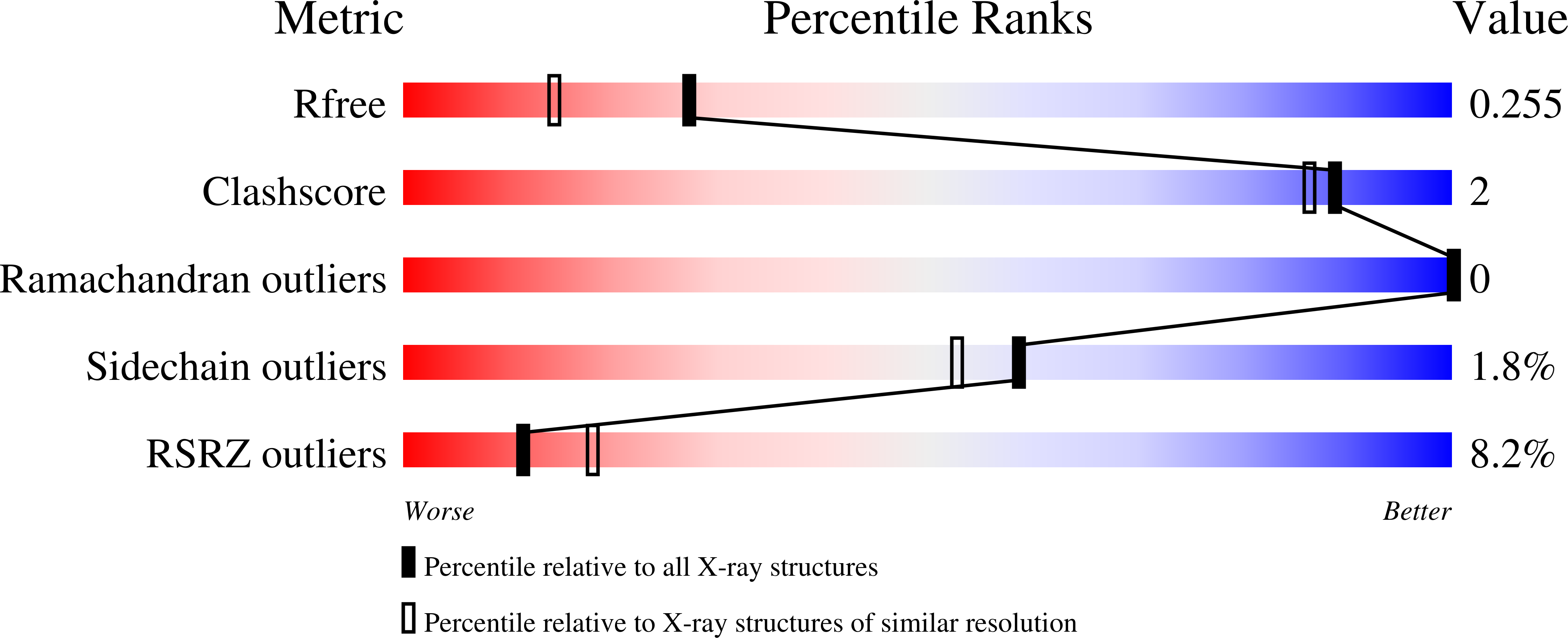
Deposition Date
2022-08-18
Release Date
2023-06-21
Last Version Date
2023-10-25
Entry Detail
PDB ID:
8E4T
Keywords:
Title:
Crystal structure of the kinase domain of RTKC8 from the choanoflagellate Monosiga brevicollis
Biological Source:
Source Organism:
Monosiga brevicollis (Taxon ID: 81824)
Host Organism:
Method Details:
Experimental Method:
Resolution:
1.95 Å
R-Value Free:
0.25
R-Value Work:
0.20
R-Value Observed:
0.20
Space Group:
P 21 21 2


